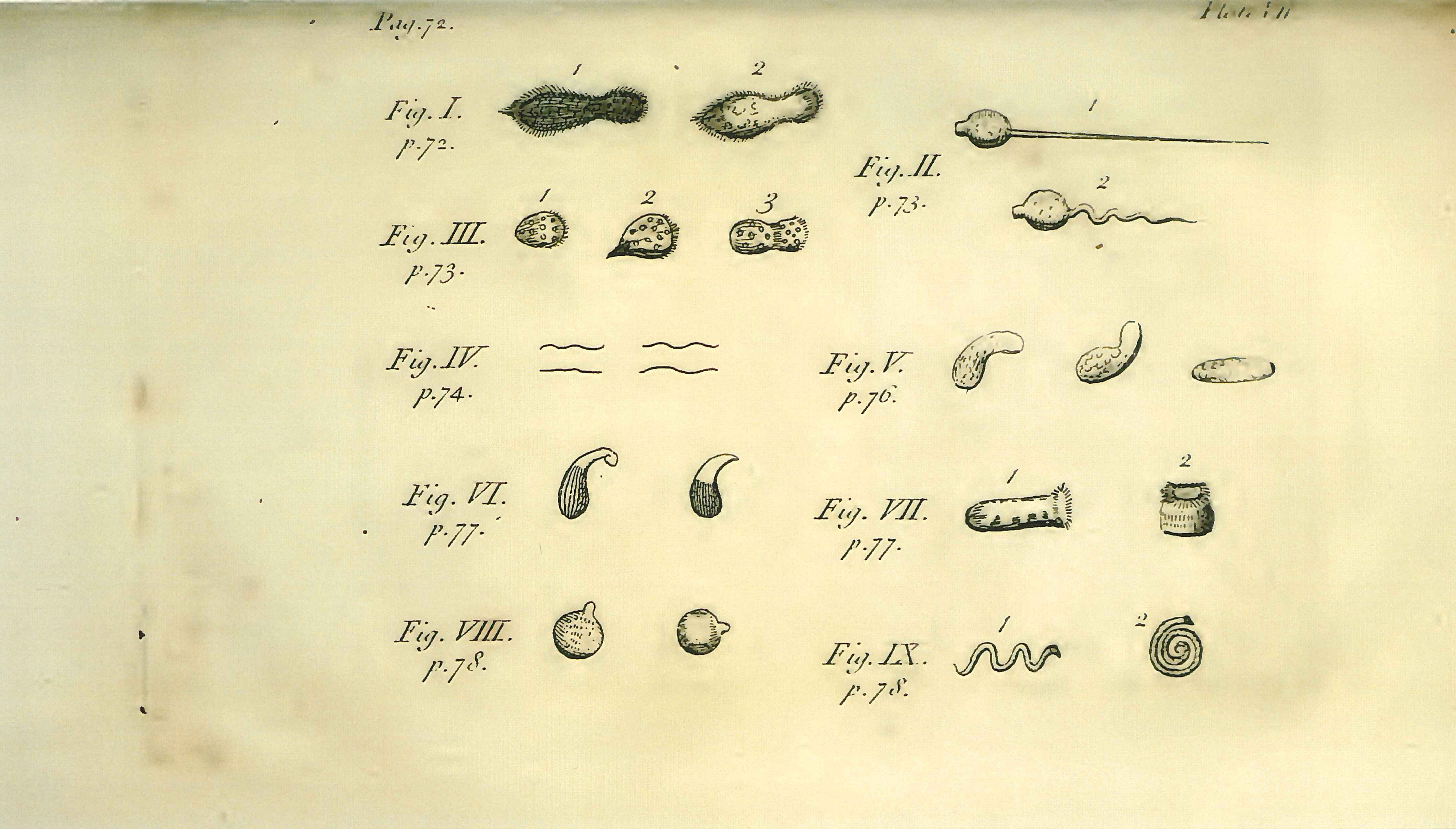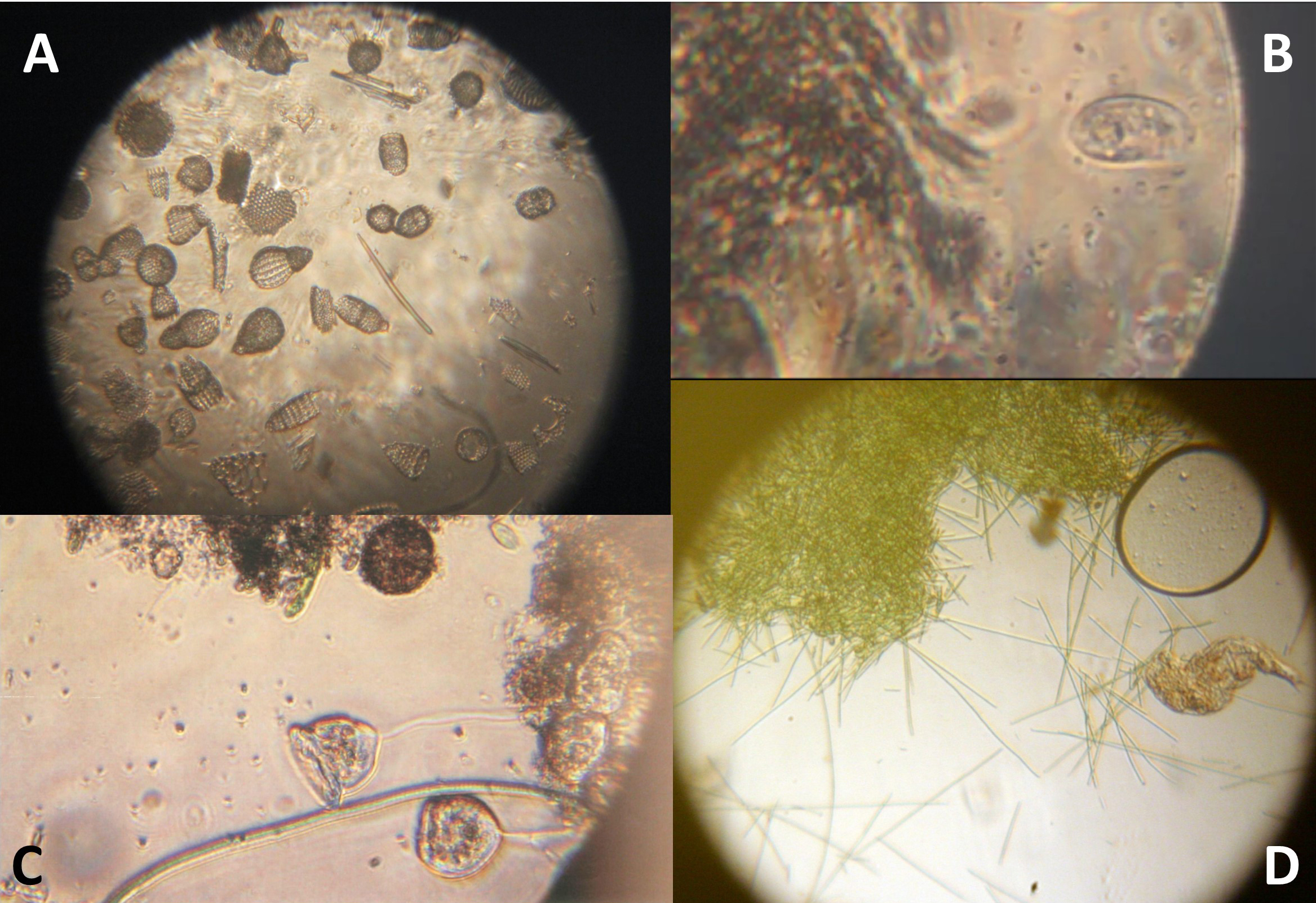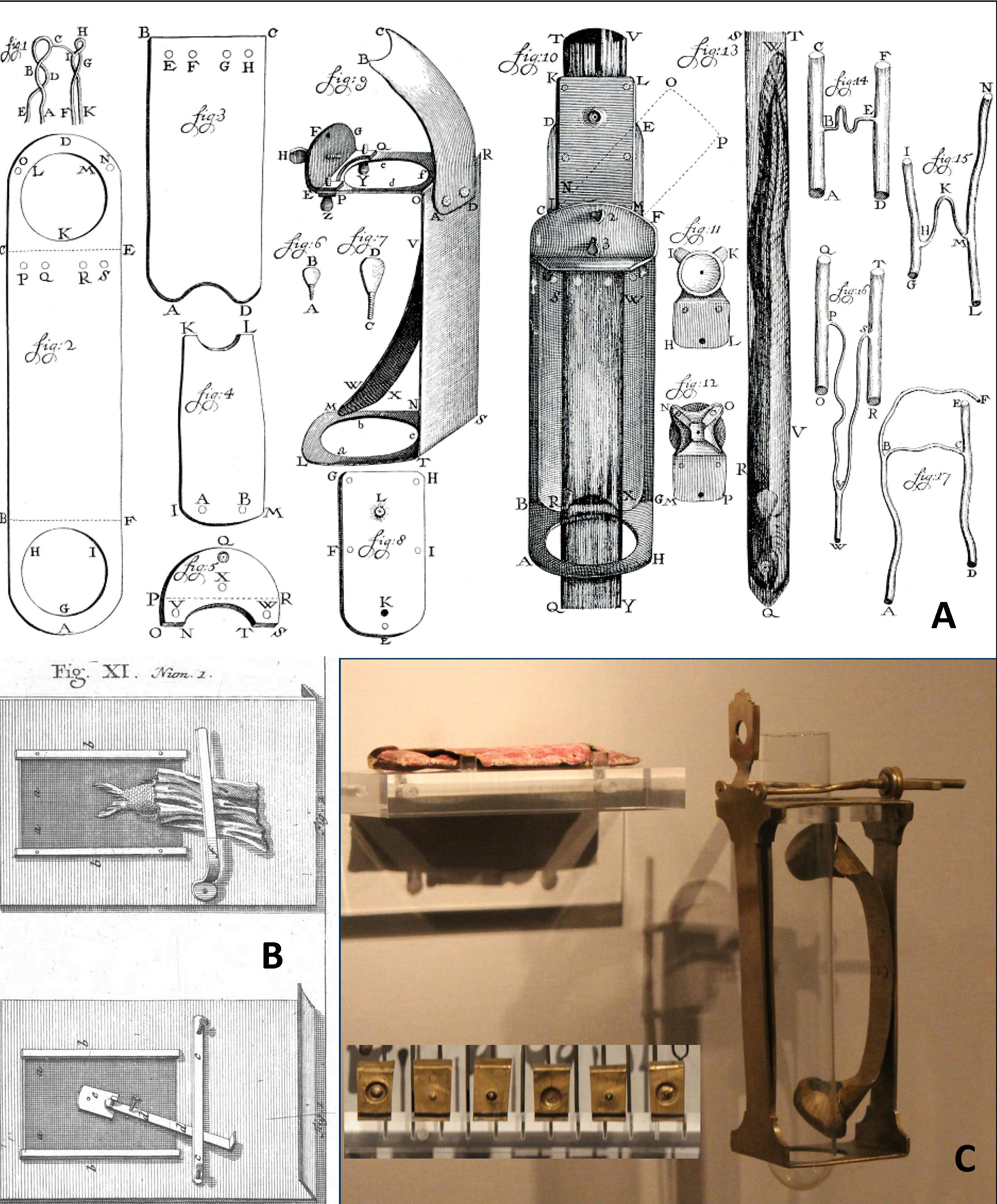In 1674, Van Leeuwenhoek visited the Berkelsemeer, sampled the unusually cloudy water and examined it under his microscope. The little animals that he saw changed everything.
Until that moment, nobody know that a world of invisible animals (and plants) existed. Initially, people did not believe him and he had to ask the Minister of the Church to write a letter confirming that he had also seen them! The first microorganisms that he saw were some of the bigger ones known as protozoa and algae (figure 1). This September 7, the day that Antoni his microscopic creatures; the 'small animals' first observed and published in 1674, is also considered as the beginning of new science: microbiology.
Two years later, while soaking pepper to make it soft enough to cut, he found that the water was getting cloudy and examined it. Again, he found little animals including extremely small ones (figure 1B, 2). This was the discovery of bacteria.
Van Leeuwenhoek’s discoveries were not limited to microorganisms. For example, he adapted his microscope (figure 3) so that he could show blood circulation in the tails of eels and small fish, provided evidence that the theory of Spontaneous Generation is wrong, showed that sperm are involved in reproduction and researched the cells in animal and plant tissues. It is ironic that all these discoveries were made with very simple microscopes at a time when other researcher were making their microscopes more complicated and elaborate.



